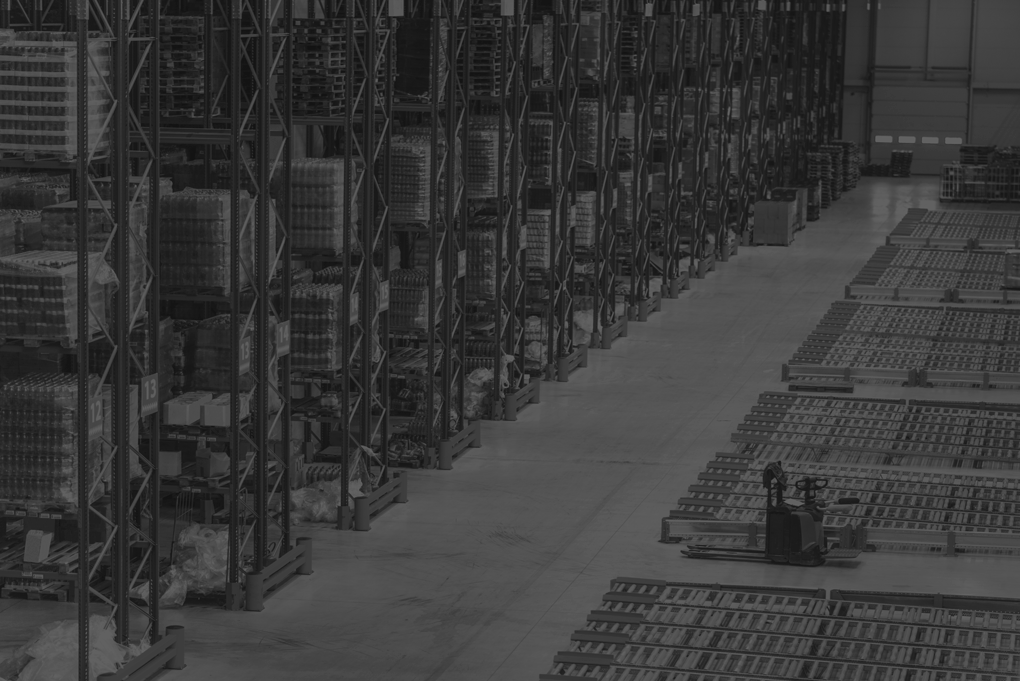Outgrowing Your WMS: What to Consider and How to Transition.

In the evolving landscape of supply chain management, the Warehouse Management System stands as the cornerstone of logistics efficiency. It orchestrates the movement of goods, tracks inventory, and facilitates the complex dance of supply and demand. However, like any other technology, the WMS has its limitations, especially as businesses grow and markets change. Recognising the signs of outgrowing your system is crucial for sustaining operational excellence.
Importance of an Efficient WMS in Modern Supply Chains.

Before we dissect the process of transitioning from an outdated WMS, it’s essential to highlight the pivotal role it plays in modern supply chains. This software has revolutionised the way warehouses function, offering capabilities to:
- Optimise inventory management by reducing carrying costs and improving order fulfillment rates
- Enhance labour productivity through directed picking, advanced slotting, and efficient scheduling
- Provide real-time visibility of warehouse operations, inventory, and logistics
- Offer a platform for scalability and modularity to adapt to business needs
These functions are essential to meet the demands imposed by the global economy, making the Warehouse Management System a critical determinant of success in supply chain management.
Signs of Outgrowing Your WMS.

Increased Inventory Errors.
The occurrence of inventory errors may be a glaring signal that your WMS is reaching its capacity. Erroneous stock counts, misclassified products, and repeated overstocking or stockouts can severely impact customer satisfaction and erode profit margins. A more robust system will not only minimize such errors but also offer better visibility and control over your stock.
Inefficient Order Fulfillment.
Sluggish order fulfilment can be indicative of a system that no longer supports your business throughput. Manual processes and outdated software can lead to high lead times and late deliveries, which is detrimental in a competitive market. An advanced WMS streamlines picking routes uses advanced ship notice (ASN), and equips you with real-time data to expedite order fulfilment.
Lack of Scalability.
A WMS that cannot adapt to changes in demand volume, product variety, or warehouse expansion can hinder business growth. If limitations are preventing your ability to scale, it’s time to consider a solution that can grow with you.
Factors to Consider Before Transition.

Company Growth Projections.
Before selecting a new warehouse management solution, it’s crucial to evaluate your business growth. What are your projected sales and inventory growth rates? Understanding this will help you select a system that can accommodate your future needs.
Integration with Existing Systems.
Your warehouse does not operate in a vacuum. It is part of a larger ecosystem of ERP systems, and other applications. A new WMS must seamlessly integrate with these to avoid disrupting your entire supply chain.
Budget and Resources Allocation.
Investing in a new WMS is not just about the cost of the software. It includes the expenses of implementation and ongoing support, which can be significant. It’s important to allocate resources for the transition and any additional support or training needed. Understand the financial benefits and how long it will take to get a positive return on your investment (ROI).
Transitioning to a New WMS.

Researching Options.
The market is teeming with WMS solutions, each with its own set of capabilities and focus areas. Research extensively to find a system that not only addresses your current pain points but also aligns with your future growth strategies.
Once you’ve researched your options, engaging in a Request for Proposal (RFP) process is the next critical step. An RFP allows you to outline your company’s specific WMS needs and requirements in a formal document, which is then sent to potential vendors. This process facilitates in-depth comparisons between different WMS solutions, ensuring that you can evaluate how well each system can meet your operational needs, integrate with your existing software ecosystem, and support your future growth projections.
Planning the Implementation Process.
The implementation of a new solution is a complex project that requires thorough planning. Take into account key milestones, resource allocation, and risk mitigation strategies to ensure a smooth transition.
Training and Change Management.
Adopting a new WMS will require your team to adjust to new processes. Comprehensive training plans and change management strategies are essential to ensure that your staff can fully utilize the new system.
Benefits of Upgrading WMS.

Improved Operational Efficiency.
An advanced WMS will bring a significant uptick in operational efficiency. It will automate tasks, reduce redundancy, and provide real-time insights to streamline your warehouse processes.
Enhanced Inventory Accuracy.
With features like radio-frequency identification (RFID) and barcoding, a modern WMS can provide unparalleled accuracy in inventory management. This is a substantial benefit for any business dealing with fast-moving and high-value goods.
Scalability for Future Growth.
Perhaps the most significant advantage of upgrading your WMS is the scalability it offers. A system that can grow with your company ensures you do not hit a ceiling on your business expansion. This means you can easily add new warehouses, expand your product line, or increase your customer base without worrying about outgrowing your WMS.
Improved Customer Service.
With a modern WMS, you can manage and fulfil orders faster and more accurately. This leads to improved delivery times and better customer service. You can also provide customers with real-time updates on their order status, creating a seamless and transparent experience that will keep them coming back.
Visibility and Analytics.
A sophisticated warehouse management system provides real-time visibility into your supply chain, giving you valuable insights for decision-making. With features like data analytics and predictive modelling, you can identify trends, bottlenecks, and areas for improvement in your warehouse operations.
Cost Savings.
By automating tasks and optimising processes, a WMS can significantly reduce labour and operational costs. With accurate inventory tracking, you can avoid overstocking or stockouts, which can lead to wasted resources and lost sales. Additionally, real-time monitoring of equipment and resources can help prevent downtime and costly repairs.
Korber WMS.

In the quest for a modern WMS that proffers both agility and efficiency, Korber WMS has emerged as a defining solution. It is more than just a warehouse management software; it’s a strategic advantage that allows for the seamless orchestration of complex logistics operations.
What is Korber WMS?
Korber WMS is an end-to-end solution designed to optimise every facet of warehouse management. It comes equipped with advanced features for task management, labour optimisation, inventory visibility, and more.
Scalability: A Key Advantage of Korber WMS for Businesses of All Sizes
One of the cardinal virtues of Korber WMS is its scalability. It caters to businesses of all sizes, from small startups to enterprise-level corporations. It is a long-term investment that ensures you remain ahead of the technological curve in your industry.
Virgin Wines: Stellar Results with Korber WMS.
When Virgin Wines, the premier online wine retailer, partnered with Balloon One to harness the power of Korber WMS, the results were remarkable. The deployment of this cutting-edge Warehouse Management System reshaped their fulfillment operations, leading to substantial gains and cost savings.
The statistical outcomes speak for themselves in Virgin Wines 2024 Trading update they share, that the new Warehouse Management System—strategically implemented in the prior year—functioned seamlessly, propelling a staggering warehouse cost per case reduction of 25% during the reporting period.
Explore the complete narrative of Virgin Wines’ transformation and how Balloon One’s implementation of Korber WMS proved to be a game-changer for their business efficiency in our comprehensive case study.
Discover the full story behind Virgin Wines’ successful warehouse upgrade.
Conclusion.

The WMS is not just a tool to manage inventory; it’s a critical asset in the value proposition of your business. As you recognise the limitations of your current system, embracing a new WMS becomes a pathway to sustained success.
By considering the signs of outgrowing your WMS, understanding the key factors in transition, and embracing the benefits of an updated system, you position your business at the forefront of efficiency and innovation in the supply chain industry.
If you’ve been hesitating on an upgrade, this is the sign you’ve been looking for. A new WMS could be the catalyst your business needs to outmanoeuvre the competition and meet the challenges of a dynamic marketplace head-on.